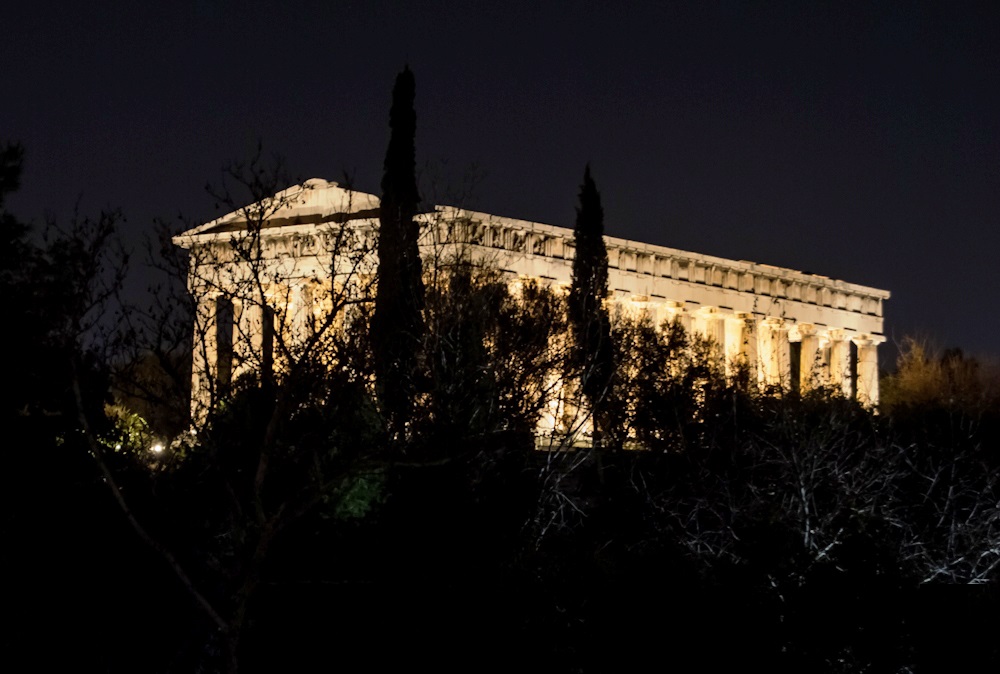Temple of Hephaestus
The Temple of Hephaestus is the best preserved ancient temple in the country.
Location
Timeline
Modern and Contemporary era (1821 - )
1834 Until that year it was also used as a Protestant cemetery, after many British and European philhellenes who had fought for Greece were buried (also known as the "great mausoleum of British travelers"). In the same year all Christian elements were removed and Eduard Schaubert assumed its restoration.
Ottoman era (1453- 1821)
Byzantine era (331 AC- 1453)
In the 5th century AD it was transformed into a Christian church dedicated to Saint George (Akamas).
Roman era (30 BC- 330 AC)
267 AD It suffered significant damage by the Heruli.
Hellenistic era (322- 31 BC)
A rare discovery was that the hill of Agoraios Kolonos, on which the temple was built, was a garden around 3rd century BC.
Classical era (478-323 BC)
460 BC It was built in two phases. The first is either 460 BC or from 449-444 BC and the second from 421-415 BC. Delays were both due to the works of the Acropolis and the Peloponnesian War.









Share